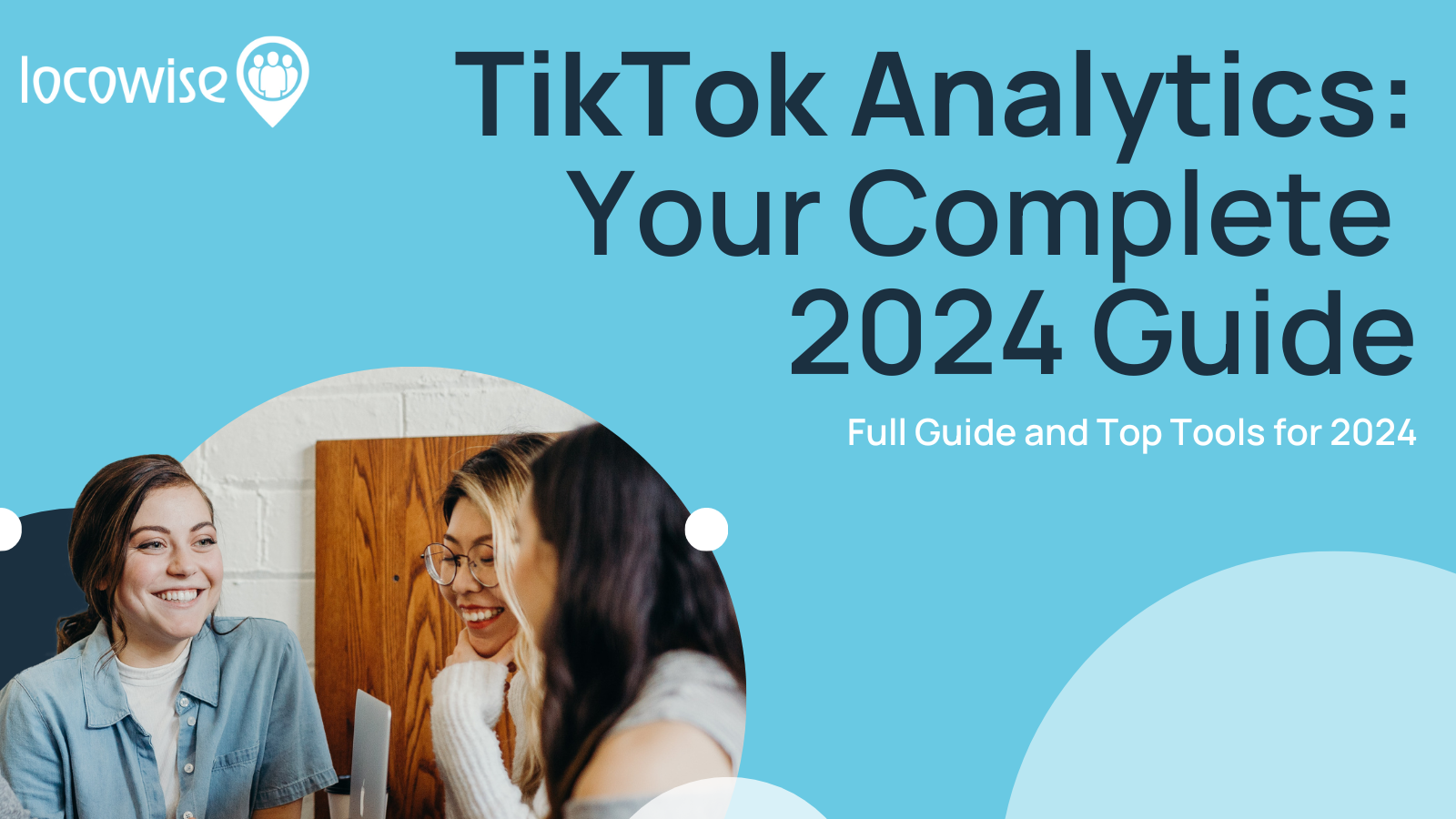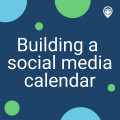How To Use Purchase Intent Drivers To Convert A Social Media Audience
Sahail Ashraf posted on 28 February 2018
We know social media is fun and exciting, and it’s a big part of what you do. But if you’re not seeing a rise in conversions of audiences to customers you’re doing something wrong.
Don’t worry though. If you try out the following points, you should find that your clients see real ROI. Adopt these, and you’re looking at audience members becoming paying customers.
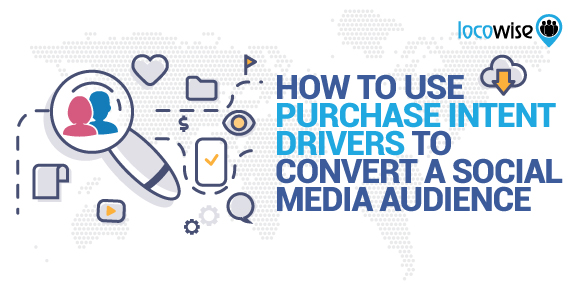
Use your data
The first thing you need to look at when making your client’s content more likely to convert is the use of data. This is a key element and if you’re not using data effectively you’re missing out on some vital opportunities.
By understanding your data about the posts you create for your clients, you are gaining an insight into what will convert. This is because behaviour around the posts can be identified as leading to conversion. The more the audience moves down the buying cycle, the closer they are to converting.
Once you’ve got yourself knee deep in the metrics, you can start making informed decisions. This means you can look at the posting frequency that brings in the most engagement, or the post format that works best for you.
Once you have the information, act on it. Then you’ll see that by giving your audience what it wants you’re moving them closer to considering using your brand.
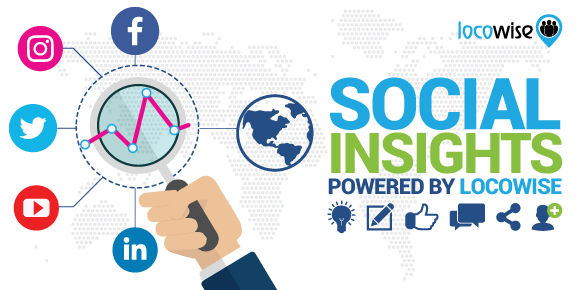
That audience, who are they?
When you have an audience it probably hasn’t happened by chance. You’ve probably used advertising, referrals and some great content to bring in a regular audience for your clients. But do you really know them? Do you know what they really want?
If you don’t, this could be a key factor in converting them to buyers. Think about it. If you don’t know who you are trying to reach and why your chances of actually reaching the right people are just a step up from slim.
Some of the best ways to get to know your audience and their needs include ‘scenario-thinking’ where you actively connect with an audience member with a view to finding out what it is that they really need from you. If you sell cars, for example, you could ask the audience what their biggest headache is about their car’s interior. Then, presuming it’s not a design issue, you can create content around the fixing of that problem.
Once you know who you are talking to and what they want to hear, you have become the source of info they need. And you’ll be able to push them towards conversion because you keep supplying the answers they need.
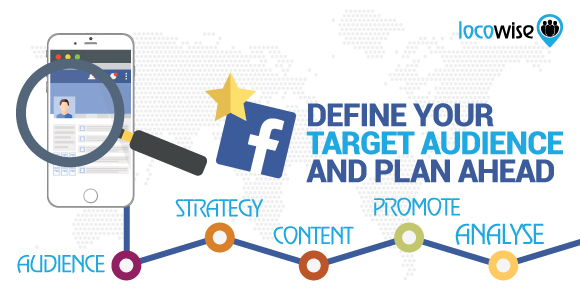
Pushing towards the ‘sizzle’ point
Anyone who has ever sold professionally will know the old story of the steak and the sizzle. In selling, the steak is your product or service. It’s not going to change, it’s just what it is. The audience knows that.
What they most likely don’t know is what the product can do to help them. That’s the sizzle. It’s the benefits. The more you show your audience what they will personally get out of using your service or product, rather than ‘what it does’, the more you’ll convert.
This again goes back to the previous point about knowing your audience. You will have benefits that meet their needs, whether this is more time to get other stuff done, or a healthier body. By using these benefits at the core of your content, you are repeatedly going beyond the ‘awareness’ stage, and more towards the ‘consideration’ stage. They’ll hear what you have to say, and they’ll understand how what you do can give them something they’re lacking.
We’re not sure this approach will work with nail clippers, perhaps. But we do know that people don’t buy unless they need to. And that will never change.
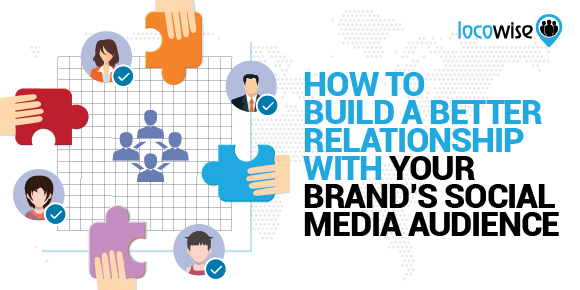
Calls to Action
Again, nothing new here. A call to action is a part of your content that asks people to take action. This can be any kind of action, including making a phone call, clicking a link that leads to your website, or casting a vote in a contest.
Having calls to action as regular (and we mean regular) elements of your content will create a situation where your audience takes action. It’s as simple as that. And the only way they will be pushed down the sales funnel is by being repeatedly exposed to calls to action.
Now, you don’t have to make it spammy (well you can, but you won’t see results) and the very best thing to do is avoid spammy approaches. Focus on providing calls to action that are connected to the content. So if you’ve delivered an infographic about making a great apple pie, offer a call to action button that gives them three amazing pie recipes if they click it.
This goes beyond awareness on their part, and becomes a situation where they’re interested in being guided by the brand down a road that should lead to a conversion.

Oh, and just to make sure we’re all on the same page here, calls to action are vitally important in video too. So if you’re creating video content for clients, make sure the video has that call to action at the end.
Make that first contact super-personal
You’re going to get new followers and fans every day (unless you are truly hopeless at social) and you really should get into the habit of making a personal response to all new followers.
What’s interesting to note here is that you will have been spending at least part of your time finding new followers with a targeted approach. You look for new and interesting people that may be able to offer value to your clients. So it should be a perfectly natural outcome to find a way to reach out to every single one of them, individually.
It will pay off because you’ll end up with useful followers, and also followers who are into what your client does and are also feeling liked and respected by a social media account that actively takes an interest in what they do.
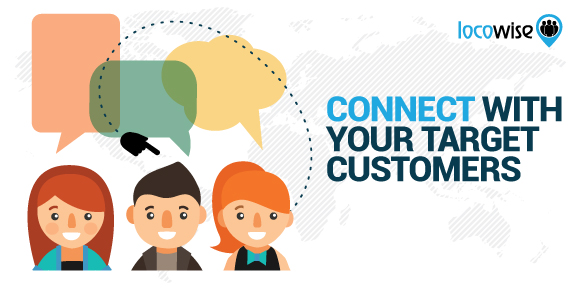
Feel like really getting on top of your metrics so you can drive more purchases? Try Locowise for free, for seven days. We know you’ll love the way it helps you help your clients.




